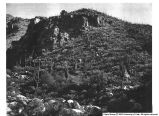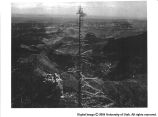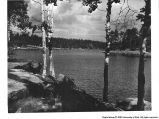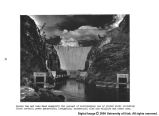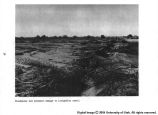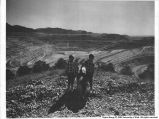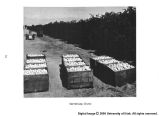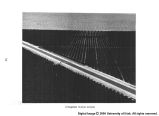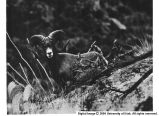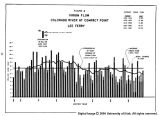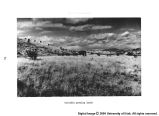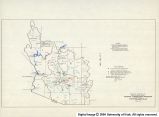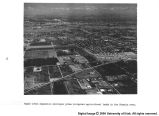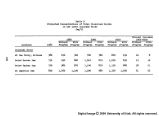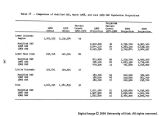| OCR Text |
Show are also many species of small mammals, birds, and reptiles which provide enjoyment for the nonhunting outdoorsman in nature study and photography. In relation to hunting, there are 3 wildlife types-big game, upland game (including fur animals and nongame species), and waterfowl. Big game species are distributed throughout approximately 72 million acres of widely diverse habitat types. Deer are the most abundant. Other important species are the elk, pronghorn antelope, desert bighorn sheep, black bear, turkey, and javelina. The American bison has been preserved in special areas set aside for this purpose. Upland game species include: mourning dove, white-winged dove, cottontail rabbit, bandtail pigeon, blue grouse, chukar, sage grouse, Gambel's quail, Mearn's quail, scaled quail, Afgan white-winged pheasant, and Albert's squirrel. Waterfowl habitat within the Region consists of approximately ^2,000 acres of native habitat along the permanent streams, manmade lakes, and marshes. In 1965, there were 1,3^3,500 man-days of hunting expended in the Lower Colorado Region. Upland game hunting accounted for 56 percent of all hunting. Big game hunting accounted for 39 percent, and waterfowl accounted for the remaining 5 percent of the hunting in the Region. Designated wildlife developments and facilities managed intensively for wildlife production in 1965 included k$ multiple- and primary-use management areas, 568 habitat improvement facilities, and 20 access roads comprising a total of about k,2 million acres. Nineteen of the management areas were primarily for big game; 7 areas were for small game; 17 areas were for the protection of waterfowl; and 5 areas were for wildlife in general and associated activities. Locations of desig- nated fish and wildlife facilities existing in 1965 are shown on the map following page 52. An estimated 3^,300 acres of developed water for wildlife, mostly waterfowl, were in existence in the Region in 1965. Established water rights exist for the use of approximately 100,000 acre-feet of water on wildlife management areas mostly located along the Colorado River. Consumptive use of water for wildlife purposes in the multiple-use water developments is not included. ELECTRIC POWER The total energy requirements of the Region increased at an average rate of 9.5 percent annually during the period from 1955 to 1965. Princi- pal consumer use classifications, residential, commercial, and industria-1, 51 |


























